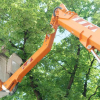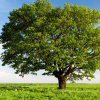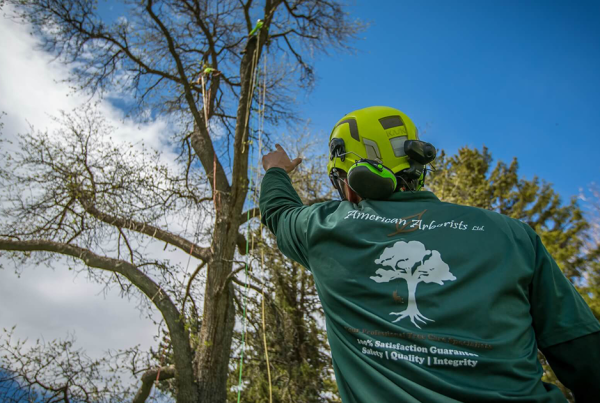
What Kinds of Bugs Can Kill Trees?
Are you sick and tired of pesky critters damaging your trees and shrubberies, eating away at the foliage until the plant ends up looking like it has been ravaged by a storm? Seriously, how do you get over the fact that you’ve spent a lot of effort, time, and money on having your ornamental trees and garden look vibrant and beautiful only for them to be destroyed by an insect infestation?
Just imagine . . .
An elegant thriving Japanese maple tree, with its red lacy leaves adding natural beauty and luster to your garden. But because of an infestation of bugs like Japanese beetles, scales, aphids, mealybugs, and borer insects, it’s slowly withering away like an old diseased tree in autumn.
What can you do to keep this from happening to your trees and shrubberies? Is there a way to control insect infestation in trees?
The best and most practical solution is to be proactive. Prevention is the key to controlling these pests. And the way to do that is to learn to identify bugs that are bad for trees and knowing how to get rid of them before they become a serious problem.
Types of Tree-Destroying Insects
There is a myriad of insects that thrive on various species of plant life. Most are virtually harmless; they merely use the plants for shelter or to hunt for prey. However, there are those who feed on the plants and cause serious damage, either from the outside-in or vice versa. These are the destructive insects you should be aware of, so you can learn to spot them and get rid of the pests before it’s too late. There are three basic types of destructive insects that thrive on trees and other plant life; the burrowing or borer insects, the chewing or defoliating insects, and the sucking insects.
Burrowing Insects
Borers are perhaps the most harmful to trees out of the bunch. These types of insects also called tunneling insects, burrow deep inside stems, twigs, and even roots to lay their eggs. It’s the larvae from the eggs that cause the most damage to the tree, hindering the tree’s ability to absorb water and nutrients.
Some of these burrowing insects include:
- Asian Longhorned Beetle
- Elm Bark Beetle
- Emerald Ash Borer
- Bronze Birch Borer
- Dogwood Borer
The most effective method for keeping these types of insects away from your plants is through preventive measures. Always make sure that your trees are well-maintained, properly pruned, watered, and mulched. Pruning should only be done in the late fall or during winter so as not to attract insects to open cuts/wounds.
Defoliating Insects
If borer insects wreak havoc on trees from the inside-out, chewing or defoliating insects cause damage from the outside by eating away at the leaves, buds, and flowers. Some chewing insects, however, attack the fruit of fruit-bearing trees. The majority of these types of insects are comprised of caterpillars and beetles.
A few examples of these types of bugs include:
- Japanese Beetle
- Tent Caterpillar
- Gypsy Moth
- Spring and Fall Cankerworm
- Cherry Fruit Worm
- Leafminers
- Bagworm
Once these defoliating insects are found in your trees, the best course of action is to use physical barriers to control insect movement. Certain insecticides may also be used with the approval of a Certified Arborist. But the best defense against chewing insects is proper care and maintenance.
Sucking Insects
As their name suggests, sucking insects inflict damage on plant life by sucking out fluids from the leaves and twigs like vampires. But instead of sucking and feeding on blood, they feed on plant juices, including the nutrients that the plant needs to thrive.
Most of these types of bugs seldom move or migrate. They typically stay in one location, living under a hard protective coating. Their byproduct is a sticky substance called honeydew, which contains unprocessed plant material and often promotes mold growth that can harm the tree foliage.
A few examples of these types of bugs include:
- Aphids
- Spider Mites
- Thrips
- Leafhoppers
- Scale Insects
The best recommendation for controlling the spread of sucking insects is to immediately kill them on contact to prevent reproduction. But of course, proper tree care and maintenance is always an effective approach.
If you need help with a bug-infested tree in the Reno area, American Arborists has your back. Call (775) 352-4241 now.









